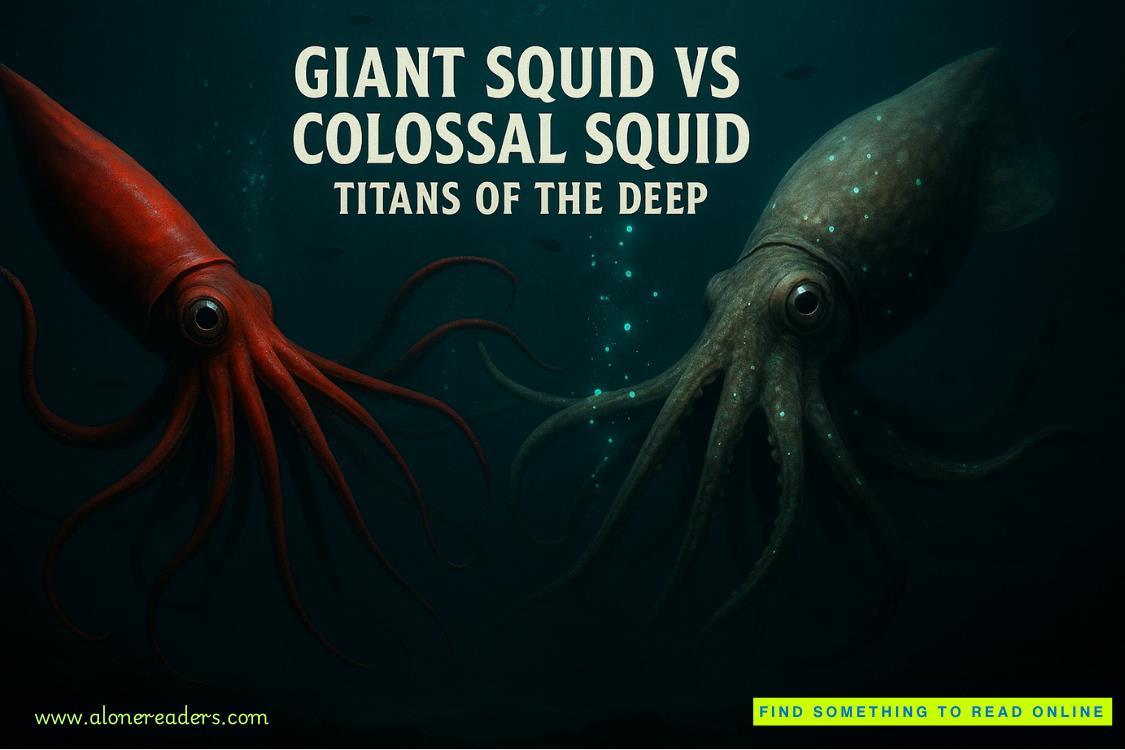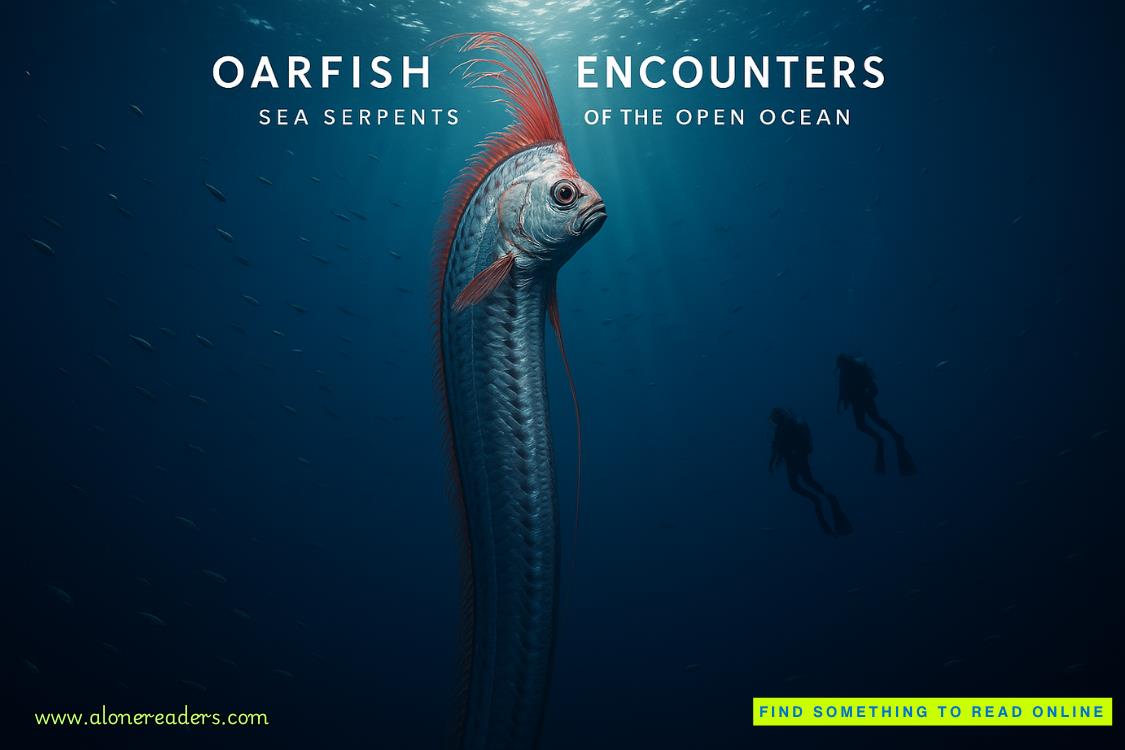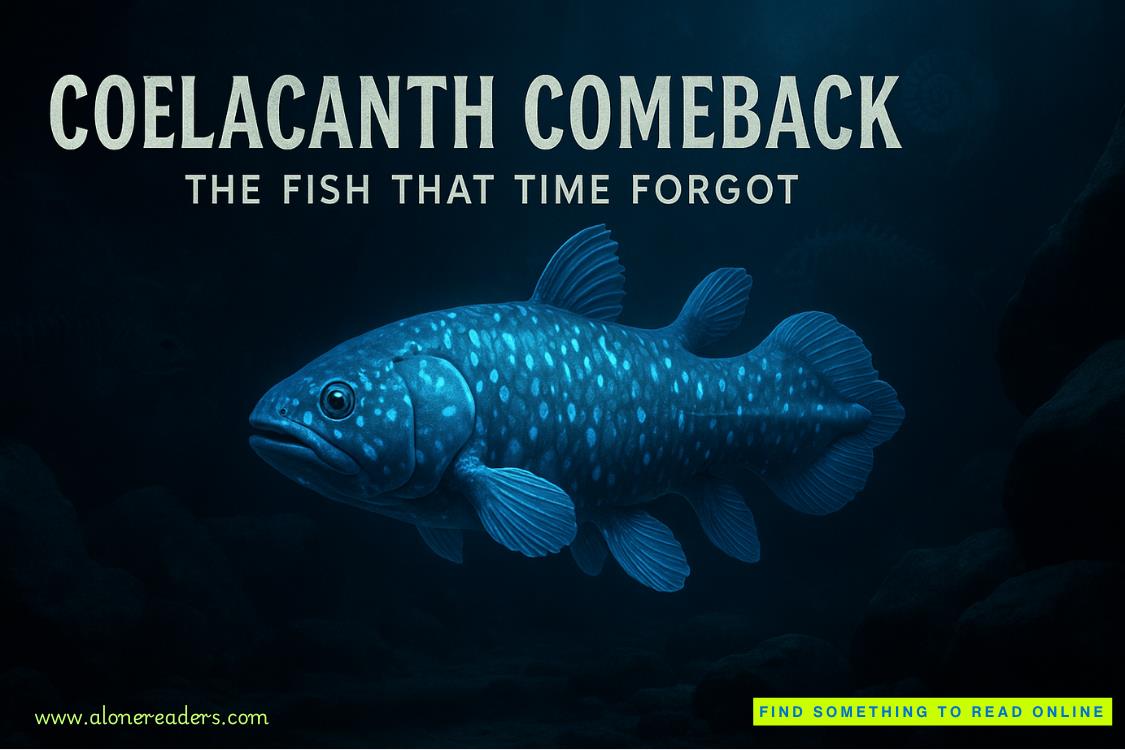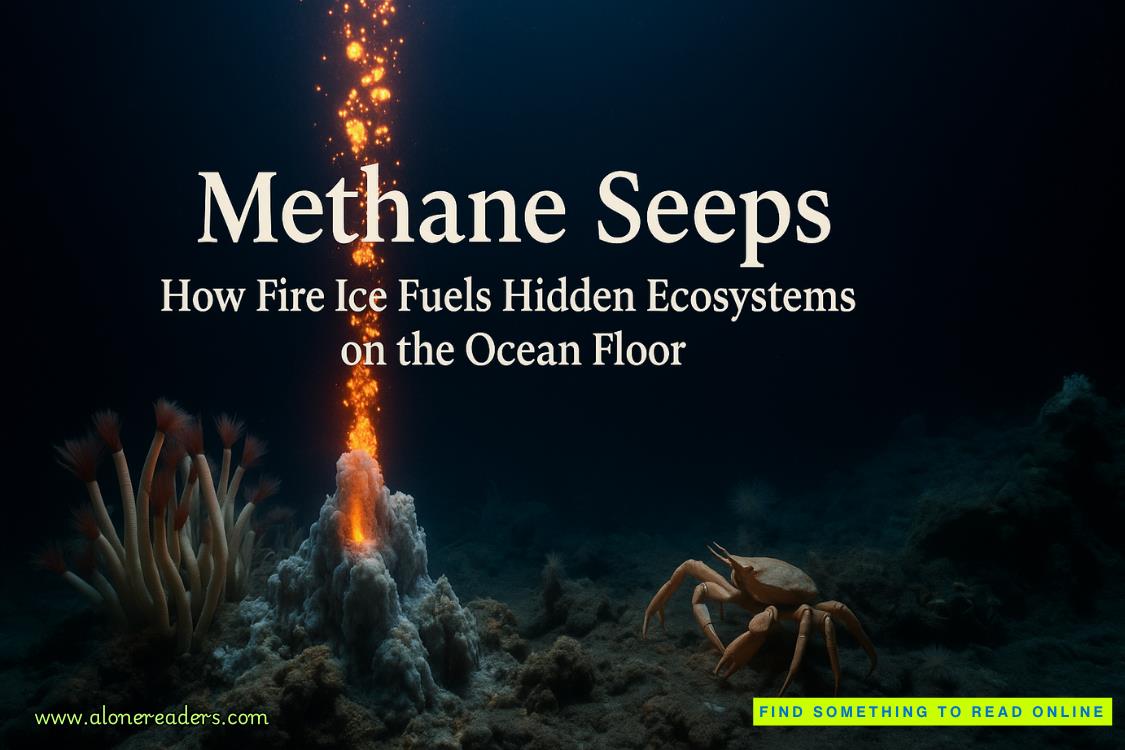Page 3 of The Martian
The MDV is on its side and there’s a breach in the hull. Looks like the storm ripped the cowling off the reserve chute (which we didn’t have to use on landing). Once the chute was exposed it dragged the MDV all over the place, smashing it against every rock in the area. Not that the MDV would be much use to me. Its thrusters can’t even lift its own weight. But it might have been valuable for parts. Might still be.
Both rovers are half-buried in sand, but they’re in good shape otherwise. Their pressure seals are in-tact. Makes sense. Operating procedure if a storm hits is to stop motion and wait for the storm to pass. They’re made to stand up to punishment. I’ll be able to dig them out with a day or so of work.
I’ve lost communication with the weather stations, placed a kilometer away from the Hab in 4 directions. They might be in perfect working order for all I know. The Hab’s communications are so weak right now it probably can’t even reach a kilometer.
The solar cell array was covered it in sand, rendering it useless (hint: solar cells need sunlight to make electricity). But once I swept them off, they returned to full efficiency. Whatever I end up doing, I’ll have plenty of power for it. 200 square meters of solar cells, with hydrogen fuel cells to store plenty of reserve. All I need to do is sweep them off every few days.
Things indoors are great, thanks to the Hab’s sturdy design.
I ran a full diagnostic on the Oxygenator. Twice. It’s perfect. If anything goes wrong with it, there is a short-term spare I can use. But it’s solely for emergency use while repairing the main one. The spare doesn’t actually pull CO2 apart and recapture the oxygen. It just absorbs the CO2 the same way the spacesuits do. It’s intended to last 5 days before it saturates the filters, which means 30 days for me (just one person breathing, instead of six). So there’s some insurance there.
The Water Reclaimer is working fine, too. The bad news is there’s no backup. If it stops working, I’ll be drinking reserve water while I rig up a primitive distillery to boil piss. Also, I’ll lose half a liter of water per day to breathing until the humidity in the Hab reaches its maximum and water starts condensing on every surface. Then I’ll be licking the walls. Yay. Anyway, for now, no problems with the Water Reclaimer.
So yeah. Food, water, shelter all taken care of. I’m going to start rationing food right now. Meals are pretty minimal already, but I think I can eat a 3/4 portion per meal and still be all right. That should turn my 300 days of food in to 400. Foraging around the medical area, I found the main bottle of vitamins. There’s enough multivitamins there to last years. So I won’t have any nutritional problems (though I’ll still starve to death when I’m out of food, no matter how many vitamins I take).
The medical area has morphine for emergencies. And there’s enough there for a lethal dose. I’m not going to slowly starve to death, I’ll tell you that. If I get to that point, I’ll take an easier way out.
Everyone on the mission had two specialties. I’m a botanist and mechanical engineer. Basically, I was the mission’s fix-it man who played with plants. The mechanical engineering might save my life if something breaks.
I’ve been thinking about how to survive this. It’s not completely hopeless. There’ll be humans back on Mars in about four years when Ares 4 arrives (assuming they didn’t cancel the program in the wake of my “death”).
Ares 4 will be landing at the Schiaparelli Crater, which is about 3,200km away from my location here in the Acidalia Planitia. No way for me to get there on my own. But if I could communicate, I might be able to get a rescue. Not sure how they’d manage that with the resources on hand, but NASA has a lot of smart people.
So that’s my mission now. Find a way to communicate with Earth. If I can’t manage that, find a way to communicate with Hermes when it returns in 4 years with the Ares 4 crew.
Of course, I don’t have any plan for surviving 4 years on 1 year of food. But one thing at a time here. For now, I’m well fed and have a purpose: “Fix the damn radio”.
LOG ENTRY: SOL 10
Well, I’ve done three EVAs and haven’t found any hint of the communication dish.
I dug out one of the rovers and had a good drive around, but after days of wandering I think it’s time to give up. The storm probably blew the dish far away and then erased any drag-marks or scuffs that might have led to a trail. Probably buried it, too.
I spent most of today out at what’s left of the communication array. It’s really a sorry sight. I may as well yell toward Earth for all the good that damned thing will do me.
I could throw together a rudimentary dish out of metal I find around the base, but this isn’t some walkie-talkie I’m working with here. Communicating from Mars to Earth is a pretty big deal, and requires extremely specialized equipment. I won’t be able to whip something up with tinfoil and gum.
I need to ration my EVAs as well as food. The CO2 filters are not cleanable. Once they’re saturated, they’re done. The mission accounted for a 4-hour EVA per crewmember per day. Fortunately, CO2 filters are light and small so NASA had the luxury of sending more than we needed. All told, I have about 1500 hours worth of CO2 filters. After that, any EVAs I do will have to be managed with bloodletting the air.
1500 hours may sound like a lot, but I’m faced with spending at least 4 years here if I’m going to have any hope of rescue, with a minimum of several hours per week dedicated to sweeping off the solar array. Anyway. No needless EVAs.
In other news, I’m starting to come up with an idea for food. My botany background may come in useful after all.
Why bring a botanist to Mars? After all, it’s famous for not having anything growing here. Well, the idea was to figure out how well things grow in Martian gravity, and see what, if anything, we can do with Martian soil. The short answer is: quite a lot… almost. Martian soil has the basic building blocks needed for plant growth, but there’s a lot of stuff going on in Earth soil that Mars soil doesn’t have, even when it’s placed in an Earth-atmosphere and given plenty of water. Bacterial activity, certain nutrients provided by animal life, etc. None of that is happening on Mars. One of my tasks for the mission was to see how plants grow here, in various combinations of Earth or Mars soil and atmosphere.
That’s why I have a small amount of Earth soil and a bunch of plant seeds with me.
I can’t get too excited, however. It’s about the amount of soil you’d put in a window planter-box, and the only seeds I have are a few species of grass and ferns. They’re the most rugged and easily grown plants on earth, so NASA picked them as the test subjects.















